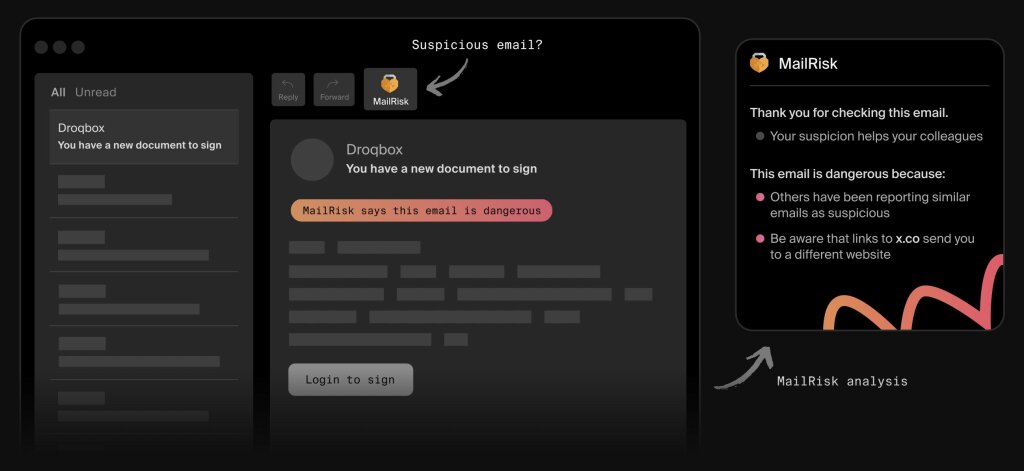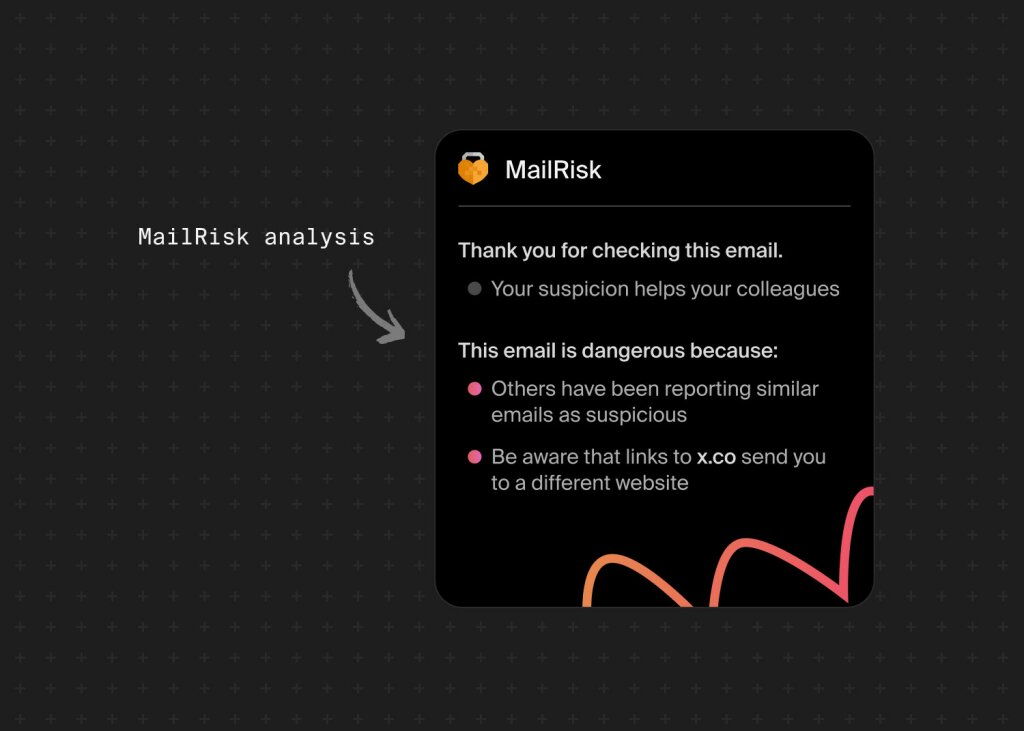If you're working in security awareness, communication, or managing human risk, you’ve definitely been on the receiving end of one of these:
“We can’t afford to have employees spending time on non-core tasks.”
“IT already has this covered.”
“Our people are too busy for more training.”
Getting management to invest in security awareness often feels like trying to sell an umbrella on a sunny day—nobody sees the value until it starts raining (or in this case, until there's a data breach).
In this article, you'll learn how to show them what security awareness is really worth. We'll dig into the real costs hiding in plain sight, and give you practical arguments that speak management's language: productivity gains, measurable savings, and concrete ROI.
Whether your challenge is budget cuts that never seem to hit other departments, or executives who think security "isn't their problem," you'll also walk away with a free business case for security awareness template that gets attention for all the right reasons.
The hidden cost of doing nothing
When management sees security awareness as just a cost, they overlook the real price of inaction. From hours wasted on preventable IT fixes to the operational setbacks caused by security breaches, the true cost is far greater than the investment in proactive training. Let's expose what's really happening behind the scenes.
1. IT is stuck cleaning up preventable mistakes
IT teams are the first line of defense, but they are often overwhelmed with fixing preventable mistakes. Most of the time, their resources are tied up fixing issues that could have been avoided with a properly trained workforce.
Think about it:
83% of organizations experienced insider data breaches last year, with human error being the top cause of serious incidents
Every time someone clicks a phishing link, downloads malware, or uses "password123" for their credentials, IT has to drop everything and fix it
Those "quick fixes" add up to hours of lost IT productivity every week
Without proper awareness training, your colleagues aren’t just a security risk—they’re a productivity drain on your entire IT department.
How security awareness helps:
When people get training that works for them, they make fewer mistakes. For example, a flexible approach like our cybersecurity training kit helps your colleagues stay engaged and learn continuously—but still at their own pace—without it feeling like extra work.
This results in fewer security slip-ups, less time wasted on preventable issues, and an IT team that can focus on real strategic projects instead of playing cleanup. It's the difference between constantly treating symptoms and actually preventing the disease.

2. Security breaches disrupt business as usual
When you’re exposed to a data breach, you don’t just lose data. It also implies:
Systems going offline during critical business hours
People scrambling to change passwords and recover files
Management dealing with customer concerns instead of focusing on growth
Reputational damage that can last for years
And when systems go down and customer trust is shaken, the losses extend far beyond the breach itself. IBM's 2024 Cost of a Data Breach Report found that the global average data breach cost hit $4.88 million—a 10% increase from the previous year. And that doesn't even count the hidden costs like lost productivity and customer trust.
How security awareness helps:
A security-savvy workforce creates a more resilient organization. When everyone from the receptionist to the CEO knows how to identify threats, you experience fewer disruptions, fewer emergencies, and fewer late-night crisis calls.
Instead of just avoiding breaches, everyone’s focus shifts to creating a stronger business that can focus on growth instead of constantly fixing problems.
3. People hesitate to report security threats
Most executives worry about their quarterly revenue targets or that 5% dip in customer satisfaction scores. Here's what they should really be concerned about: 60% of people ignore or delay reporting phishing attempts because they're not sure what to do.
A delay in reporting a phishing attempt can give attackers the precious time they need to escalate a minor security issue into a massive breach. A security culture of confidence and clear protocols for reporting threats prevents this dangerous lag.
How security awareness helps:
This is where well-designed security awareness training makes all the difference. When teams feel confident recognizing and reporting threats, they take immediate action, instead of freezing up or ignoring warning signs.
Platforms like Secure Practice make it easy for your colleagues to report suspicious emails. With tools like MailRisk, they just click, report, and move on with their day. No complicated forms, no wondering if they're doing the right thing. Just simple, friction-free reporting that turns "hmm, that looks weird" into immediate action.

Security awareness: the one initiative that pays for itself
The irony of good security training is that its greatest success is invisible. No incidents, no data leaks, no PR nightmares.
The problem is that it’s hard to prove the value of something you don’t see.
The solution is making that “nothing” something you can communicate as business value.
What you need is a way to reframe the conversation from preventing disasters to actually boosting productivity. That way, when your perfectly reasonable request for a security awareness program gets shut down, you have the perfect counter.
Here are three ways security awareness actively creates good outcomes (that management actually cares about).
1. Fewer help desk tickets, more productive IT teams
When your colleagues know how to handle security basics themselves, your IT team can focus on more strategic work instead of answering the same questions repeatedly.
Companies with effective security awareness programs report up to 50% fewer security-related help desk tickets and better confidence in handling threats. That's not just saving time—it's redirecting valuable technical expertise to projects that drive business forward.
2. Avoiding costly compliance fines
Getting people to care about compliance can be challenging, but the financial consequences of non-compliance are very real. Take Marriott's $52 million fine for a data breach that exposed millions of customer records. Many such incidents happen not because employees are careless, but because they don’t fully understand why security matters or who it protects.
When people see security not as a set of rigid rules but as a way to protect their colleagues, customers, and even their own jobs, they’re far more likely to take it seriously. Good security awareness goes beyond just teaching policies to actually helping people connect the dots between their actions and real-world impact. And when they do, compliance becomes second nature—not just a legal obligation.
Byte-sized tip
Interactive cybersecurity exercises allow people to experience security incidents as a team, encouraging understanding and shared responsibility. Use this collaborative, hands-on simulation to build trust between security teams and the rest of your colleagues, making security awareness a collective effort.

3. Colleagues feel more confident and work more efficiently
Security rules can feel like a lot to take in, especially when they’re not explained well. That’s why so many people skip over them or try to take shortcuts. But when organizations focus on building a strong security culture, things run more smoothly.
When your team understands security, they feel more confident using the systems they need to do their job, which means fewer disruptions and less downtime. Training that’s practical, engaging, and relevant connects with people, helping them remember it and make fewer mistakes along the way.
The ROI of security awareness is real—and measurable
The success of security training isn’t in what you see—it’s in what never happens. Still, you can’t put that on an earnings report. So let’s talk numbers.
You can track, measure, and improve your colleague’s cybersecurity behaviors, making the case for investment and showing that the employee training ROI is not only real but substantial.
Security awareness training is a business asset that can reduce operational disruptions, improve compliance, and lower IT overhead. With measurable results like fewer security-related help desk tickets and less IT downtime, companies see a 300% ROI from their investment in security training. This is a significant number, especially when you consider the true cost of breaches, fines, and downtime.
Human risk metrics are one of the most powerful tools in measuring and improving the ROI of security awareness. This feature provides organizations with the insights they need to understand and manage the cybersecurity risks associated with human actions. Here’s how it works:
Measuring security behavior: track how people interact with security practices, such as how often they report suspicious emails, whether they use strong passwords, or how likely they are to follow access control policies. This data gives you a clear picture of your overall security culture, so you can prioritize areas for improvement.
Real-time insights: fine-tuning the effectiveness of training programs by anonymously measuring how well employees respond to various security exercises, such as phishing simulations or gamified e-learning modules.
Personalized support: track and understand the unique needs of each employee by monitoring behavior patterns, without sacrificing privacy. Then, tailor training and interventions to the specific risks each colleague faces, improving their security posture over time.
Tracking progress: measure security behavior across departments or teams. With this data, you can see where your efforts are succeeding and where more work is needed, ensuring continuous improvement in your organization’s cybersecurity culture.
How to show impact:
Executives love cost-saving and revenue-producing measures. By proving that security awareness goes beyond preventing breaches and contributes to the bottom line, you’ll make a much stronger case.
When making your case to management, focus on these measurable business impacts:
Revenue protection: security awareness helps avoid disruptions that can negatively impact sales and customer relationships
Cost reduction: fewer security incidents lead to lower remediation costs and reduced IT overtime, freeing up resources for other priorities
Risk mitigation: a well-trained workforce decreases the likelihood of breaches, compliance violations, and reputational damage
Efficiency gains: empowered employees handle security protocols with confidence, increasing productivity and reducing downtime caused by security issues
To put these insights into action, use our free Security Awareness Business Case template. It includes measurable metrics, industry-specific data, and statistics to help you show ROI, justify budget, and align cybersecurity with business goals.
Making security awareness easy, engaging, and measurable
At SecurePractice, we want to turn security awareness into a productivity booster by combining engaging security training with measurable, real-time insights.
The key to a successful security awareness training program is making sure the approach fits seamlessly into how your colleagues work every day. It should be:
Engaging enough to get people’s attention and keep them interested
Quick enough to avoid disrupting daily tasks
Practical enough that people can put it into action right away
Measurable so you can show real results to management
That way, security becomes second nature rather than an annoying interruption, and everyone benefits: colleagues feel more confident, IT deals with fewer emergencies, and management sees a stronger, more resilient business.
If you want to see how other teams benefit from switching to SecurePractice.co, check out our customer stories.
And if you have specific questions on how our platform works, book a demo with us.



